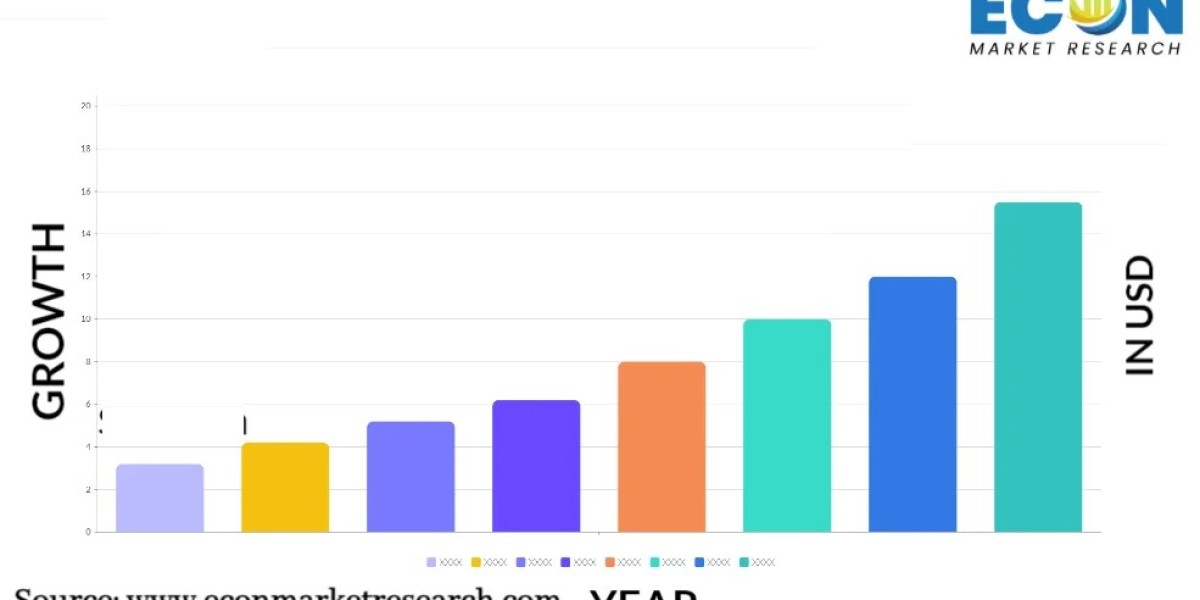Extrusion machinery plays a pivotal role in modern manufacturing by enabling the production of a wide range of products through the process of extrusion, which involves forcing material through a die to create specific shapes and profiles. These machines are essential in industries such as plastics, metals, food processing, and textiles, where consistent, high-volume production is required. The versatility and efficiency of extrusion machinery make it a cornerstone in industrial production, contributing significantly to the output of everything from plastic pipes and window frames to food products and complex automotive components.
More Info : https://www.econmarketresearch.com/industry-report/extrusion-machinery-market/
How Extrusion Machinery Works: A Step-by-Step Process
The extrusion process is both simple and sophisticated. It begins with raw material—often in the form of pellets, powder, or metal slugs—being fed into the machine’s hopper. From there, the material is heated and mixed as it travels through a barrel via a rotating screw. As the material reaches its molten state, it is forced through a die that shapes it into the desired cross-sectional profile. After the material exits the die, it is cooled and solidified, often with the help of water baths or air cooling systems, before being cut to the required length.
Advancements in Extrusion Technology: Meeting Modern Manufacturing Demands
In recent years, extrusion machinery has seen significant advancements to meet the evolving demands of modern manufacturing. One of the key innovations is the development of high-efficiency extruders that offer improved output rates while consuming less energy. These machines are designed to optimize heat distribution, reduce material waste, and increase the precision of the extruded product.
Sustainability in Extrusion: Reducing Waste and Energy Consumption
With increasing pressure to adopt sustainable manufacturing practices, the extrusion industry is no exception. One of the main environmental challenges in extrusion is the energy-intensive nature of the process, particularly in the heating and cooling phases. To address this, manufacturers are developing energy-efficient extrusion machines that use advanced heating elements, better insulation, and regenerative heat technologies to reduce energy consumption.
Challenges in Extrusion Machinery: Overcoming Technical and Operational Hurdles
While extrusion machinery offers immense benefits, it also faces challenges, particularly in terms of maintenance, material consistency, and machine wear. Continuous operation can lead to wear and tear of critical components like screws and dies, which may affect product quality over time. To mitigate this, manufacturers are investing in durable materials for these parts and implementing predictive maintenance systems that monitor machine health and schedule repairs before critical failures occur.
Selecting the Right Extrusion Machinery: Factors to Consider
Choosing the right extrusion machinery depends on several factors, including the type of material, the desired product shape, production volume, and energy efficiency. Manufacturers must also consider the cost of maintenance, availability of spare parts, and after-sales support when making investment decisions. For businesses aiming to scale operations, it is critical to opt for machines that offer flexibility, allowing for easy adjustments and expansions as production needs evolve.
Contact Us:
For inquiries, partnerships, or to learn more about our services, please contact us at [email protected] .
Phone: (+1) 812-506-4440
Mobile: +91-7875074426









